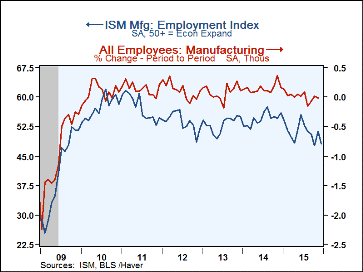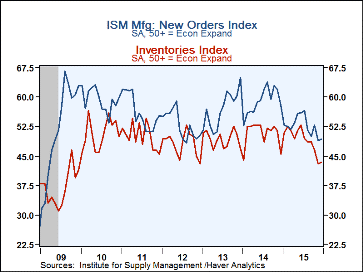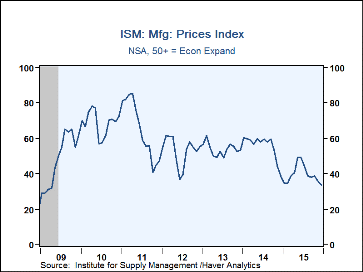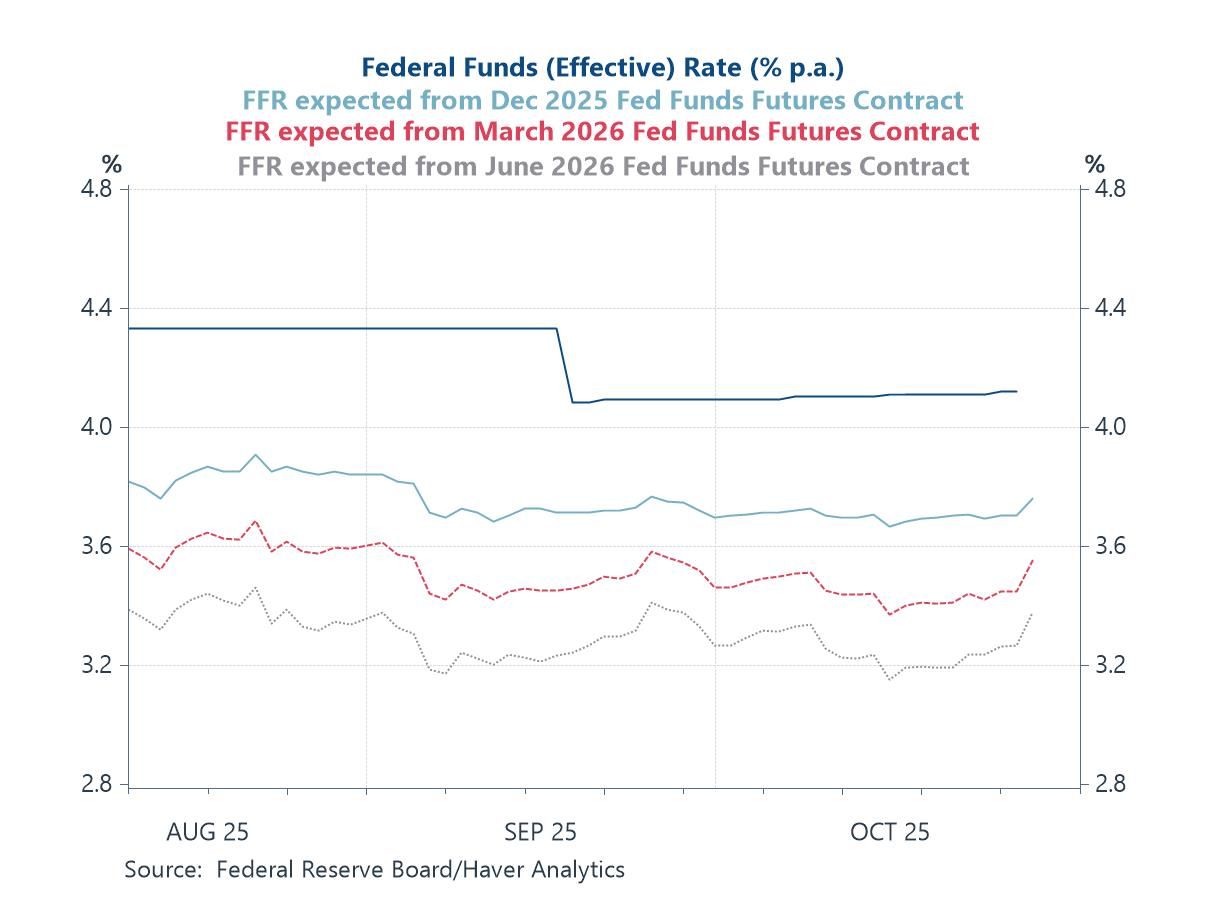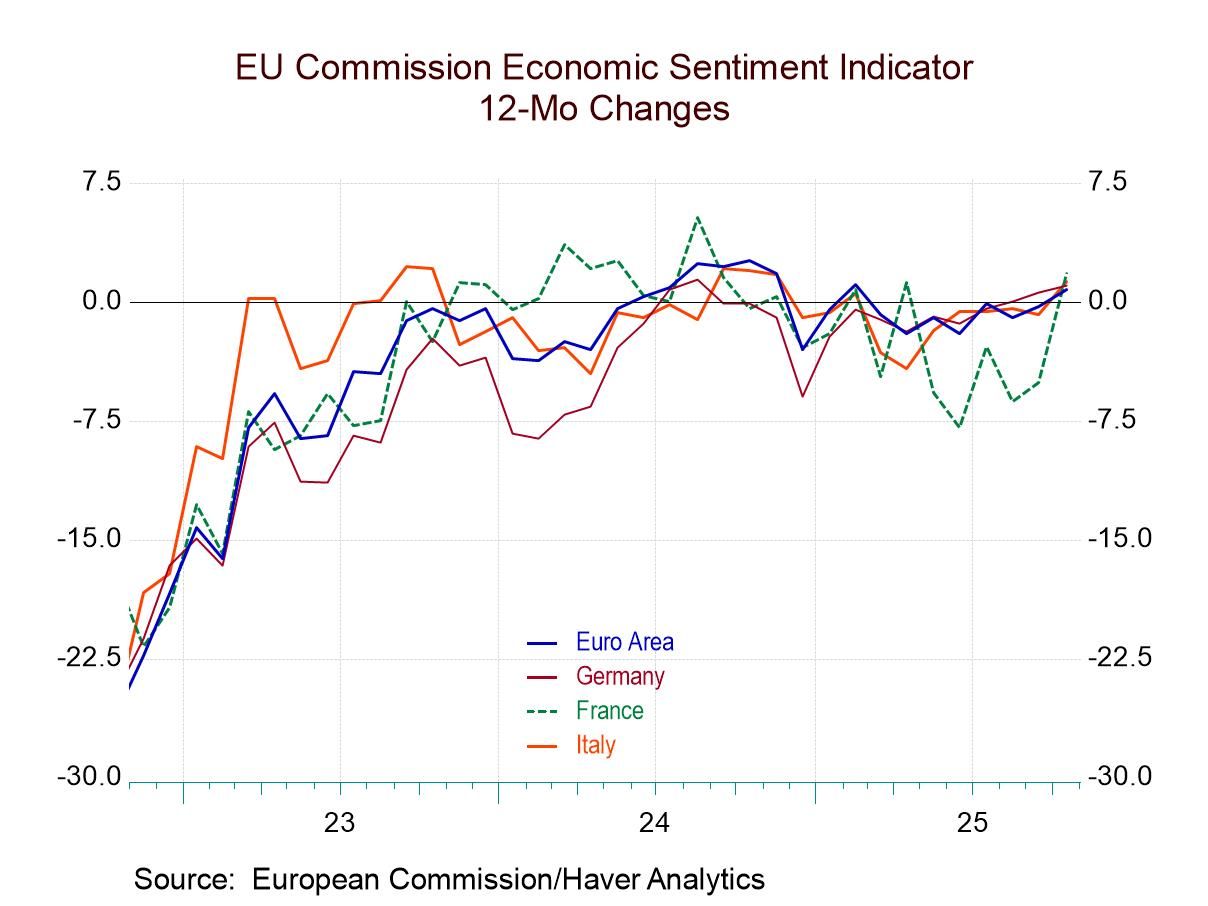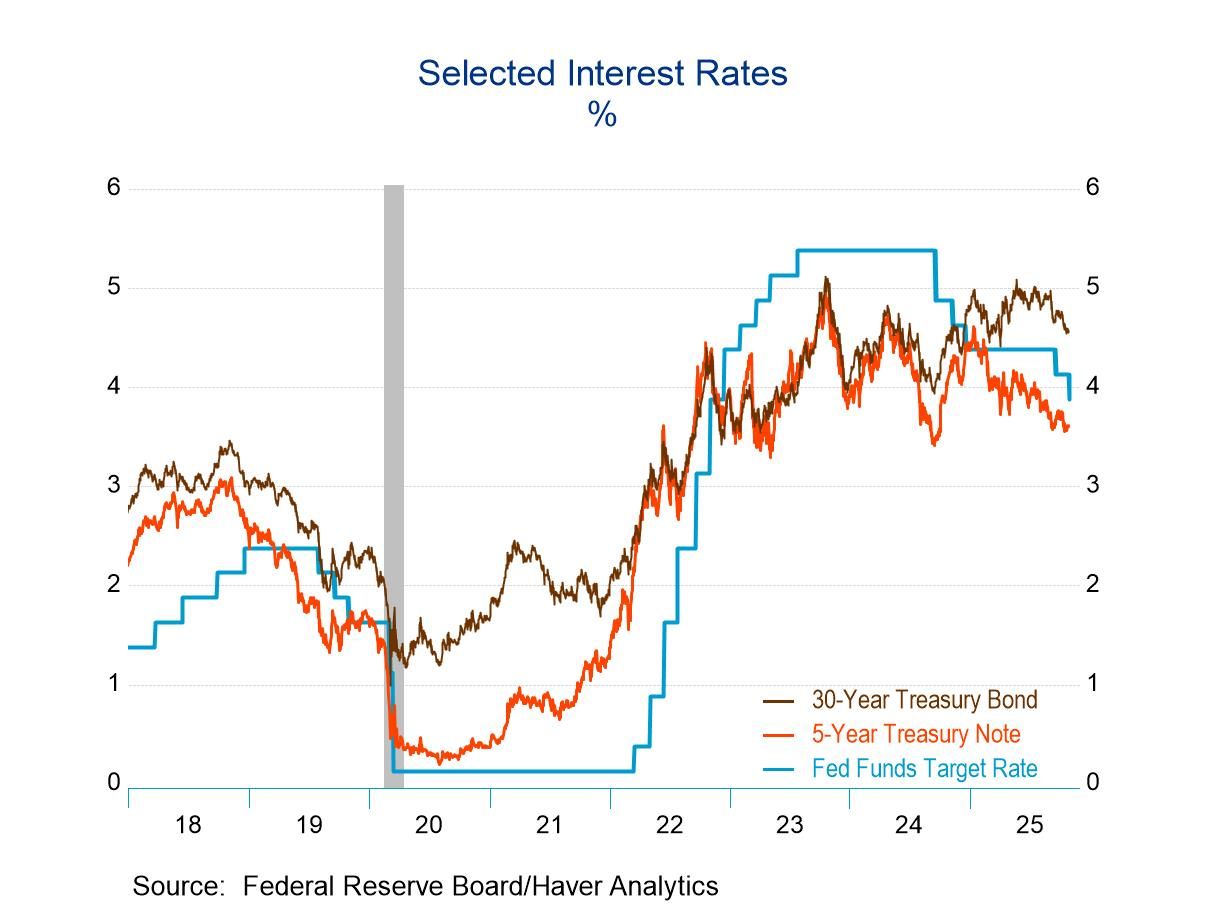 Global| Jan 04 2016
Global| Jan 04 2016U.S. ISM Factory Index and Prices Continue to Deteriorate to 2009 Lows
by:Tom Moeller
|in:Economy in Brief
Summary
Activity in the manufacturing sector fell to the weakest level since June 2009. The ISM Composite Index of factory sector activity fell to 48.2 during December from an unrevised 48.6 in November. The reading disappointed expectations [...]
Activity in the manufacturing sector fell to the weakest level since June 2009. The ISM Composite Index of factory sector activity fell to 48.2 during December from an unrevised 48.6 in November. The reading disappointed expectations for 49.0 in the Action Economics Forecast Survey. For the year as a whole, the index averaged 51.4, also its lowest level since 2009. The data from the Institute for Supply Management are diffusion indexes where a reading below 50 indicates decline.
Weakness in last month's composite centered on the decline in the employment index. It backpedaled to 48.1, the third month in 2015 with falling payrolls. For the year as a whole, it averaged 51.0, the lowest reading since 2009. An easier supplier delivery reading of 50.3 suggested the quickest product delivery speeds in three months. Nevertheless, it was well below the high of 58.6 reached twelve months earlier. The three other component series showed limited improvement with new orders, production and inventories remaining near the expansion lows.
Showing improvement was the export order index. Its rise to 51.0 provided the first indication of rising orders since April. The imports series fell sharply to 45.5, continuing to suggest declining volumes as it has for three straight months. The backlog of orders index fell to a new expansion low.
On the pricing front, the prices paid index eased to 33.5, a six year low. Four percent (NSA) of respondents reported paying higher prices while 37 percent paid less.
The figures from the Institute For Supply Management (ISM) are diffusion indexes. A reading above 50 represents growth in factory sector activity. They can be found in Haver's USECON database. The expectations number is in Haver's AS1REPNA database.
Monetary Policy, Financial Stability, and the Zero Lower Bound is the title of yesterday's speech by Fed Vice Chairman Stanley Fischer and is available here.
| ISM Mfg (SA) | Dec | Nov | Oct | Dec '14 | 2015 | 2014 | 2013 |
|---|---|---|---|---|---|---|---|
| Composite Index | 48.2 | 48.6 | 50.1 | 55.1 | 51.4 | 55.7 | 53.8 |
| New Orders | 49.2 | 48.9 | 52.9 | 57.8 | 52.7 | 59.0 | 56.9 |
| Production | 49.8 | 49.2 | 52.9 | 57.7 | 53.5 | 59.2 | 57.5 |
| Employment | 48.1 | 51.3 | 47.6 | 56.0 | 51.0 | 54.5 | 53.2 |
| Supplier Deliveries | 50.3 | 50.6 | 50.4 | 58.6 | 50.7 | 55.0 | 51.9 |
| Inventories | 43.5 | 43.0 | 46.5 | 45.5 | 49.0 | 50.8 | 49.4 |
| Prices Paid Index (NSA) | 33.5 | 35.5 | 39.0 | 38.5 | 39.8 | 55.6 | 53.8 |
Tom Moeller
AuthorMore in Author Profile »Prior to joining Haver Analytics in 2000, Mr. Moeller worked as the Economist at Chancellor Capital Management from 1985 to 1999. There, he developed comprehensive economic forecasts and interpreted economic data for equity and fixed income portfolio managers. Also at Chancellor, Mr. Moeller worked as an equity analyst and was responsible for researching and rating companies in the economically sensitive automobile and housing industries for investment in Chancellor’s equity portfolio. Prior to joining Chancellor, Mr. Moeller was an Economist at Citibank from 1979 to 1984. He also analyzed pricing behavior in the metals industry for the Council on Wage and Price Stability in Washington, D.C. In 1999, Mr. Moeller received the award for most accurate forecast from the Forecasters' Club of New York. From 1990 to 1992 he was President of the New York Association for Business Economists. Mr. Moeller earned an M.B.A. in Finance from Fordham University, where he graduated in 1987. He holds a Bachelor of Arts in Economics from George Washington University.



